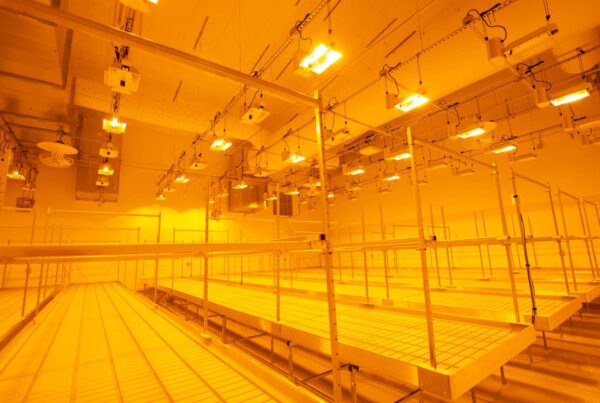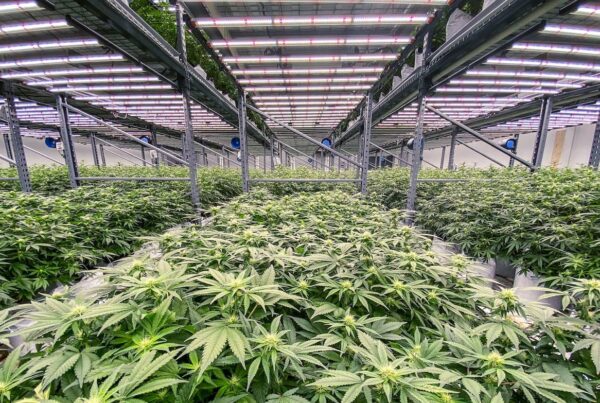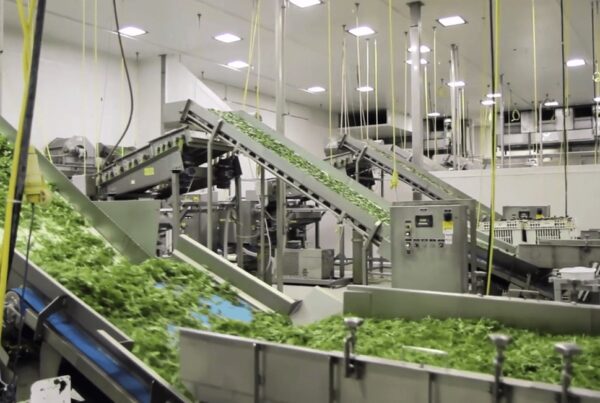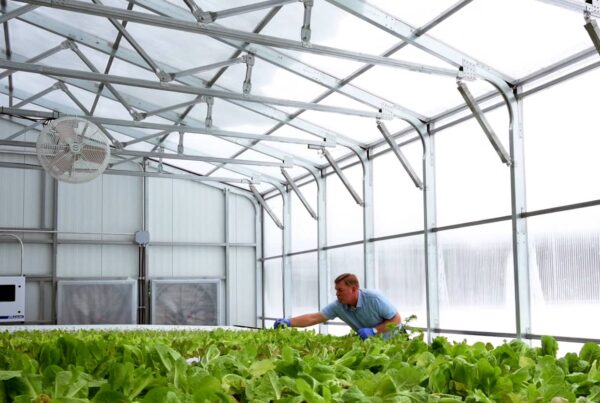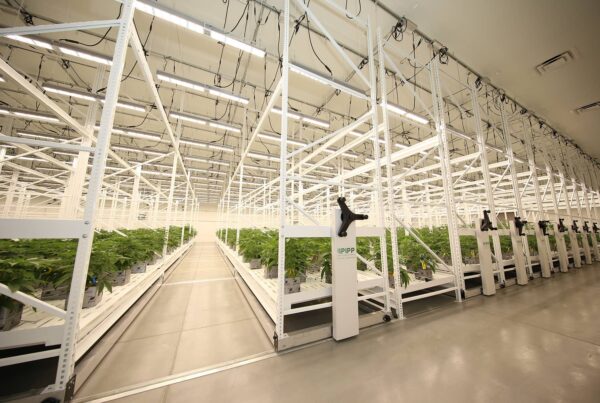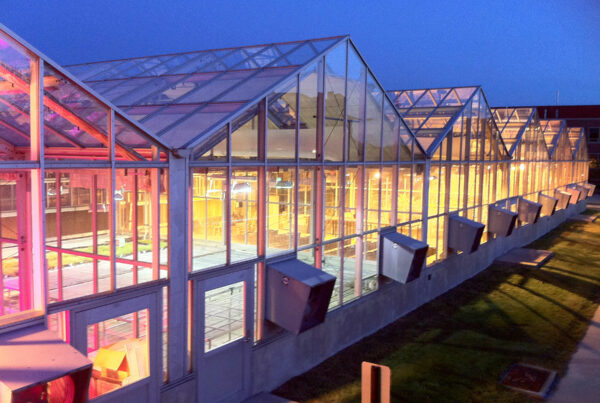
Working with living organisms requires a careful balance of resource efficiency and crop quality, yet controlled environment agriculture (CEA) companies are under constant pressure to reduce resource use, minimize carbon footprints, and taper costs. By optimizing the environmental parameters within CEA facilities, indoor farm operators have the opportunity to significantly reduce the burden on HVAC-D…

